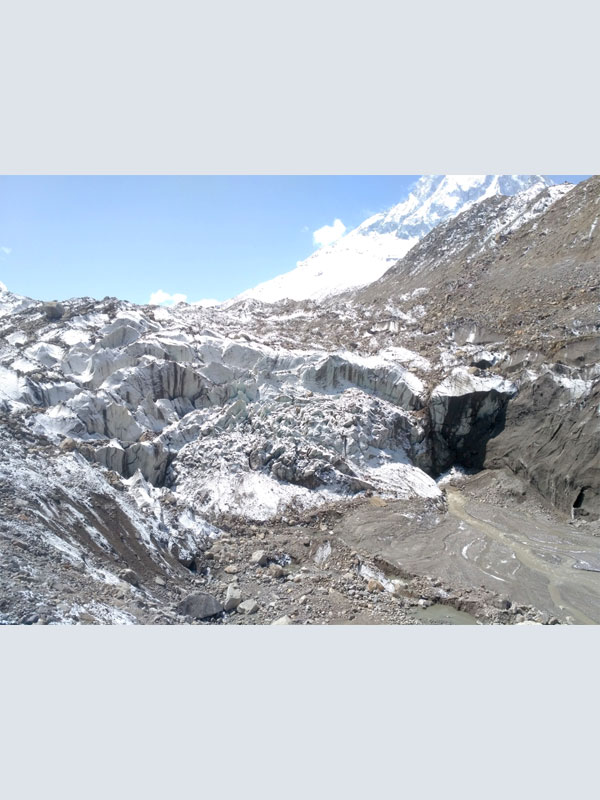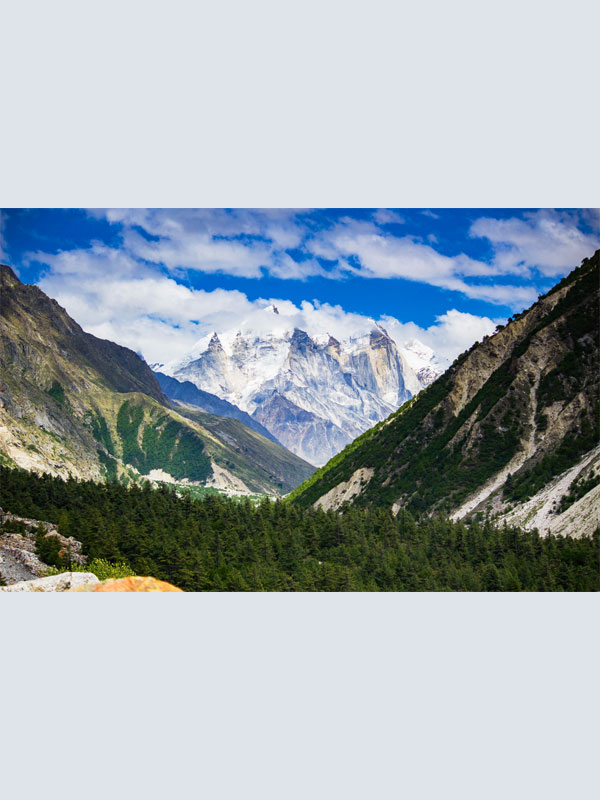Climate Change
Can India clean up its Holiest River?
“In northern India, there is a river with over a hundred names. It starts in the Garhwal Himalaya and drops over 14,000 feet from the terminus of the Gangotri Glacier before marching some 1,550 miles to the Bay of Bengal. For nearly a billion Hindus in India and beyond, it is more than a river. It is the extension of the divine—Lord Shiva. Not only does it transport the prayers of believers visiting its waters, but it also provides sustenance for hundreds of millions of people, vast industry, agriculture, and endangered wildlife like the Bengal tiger and the susu, a blind freshwater dolphin. For Indians it is most commonly known as Ma Ganga—Mother Ganga. For Westerners, it is the Ganges, one of the most sacred of the world’s rivers.
Everyone from pilgrims and politicians to socialites and sadhus flock to the river’s banks to pray, bathe, or merely admire its power. Many rivers worldwide often go unnoticed except for hydroelectric operators and a few recreationalists (boaters and fishermen). But in India, the public embraces the Ganges with open arms. And they do it by praying on the river’s banks daily throughout the entire watershed. In the holy cities of Rishikesh, Haridwar, and Varanasi, formal prayer services with music, fire, and speeches occur every day. They are called aarti—some call it the “Hindu happy hour.”
This collective, spiritual hug by the hundreds of millions using the river, however, comes with costs. Pollution and a lack of environmental awareness are visibly notable across much of the watershed. And in many areas, the challenges are compounded by a simple mindset flowing through the same people that revere its sacred flow: The river is God, thus it is all powerful and immune to the threats of overuse, contamination, and environmental degradation. In short, people believe the curative powers of the Ganges will not only heal us, but also itself. It is an illogical environmental conundrum—the Ganges paradox, if you will.”
IPCC Report on Impacts, Adaptation and Vulnerability
On 28 February 2022, the Intergovernmental Panel on Climate Change released a major report on Impacts, Adaptation and Vulnerability – packed with scientific information on the state of the planet, its ecosystems and habitats as well as an overview of the challenges and solutions associated with the growing climate risks seen around the world.
“In Asia, increasing floods, droughts and heat stress are expected to have adverse impacts on food availability and prices. Asian cities like those in India, that are already feeling the heat, will be home to 600 million people in the next 15 years – that’s twice the size of the United States, says Anjal Prakash (lead author). “Cities in India are experiencing more heat stress, urban floods and other climate induced disasters such as cyclones. The cities have to be ready to face the new challenges and protect its people from the climate hazards. Globally, glaciers are melting at an unprecedented rate, including in the Himalayas,” says Aditi Mukherji (coordinating lead author) adding that local communities who depend on the glaciers are increasingly affected, “even though these communities themselves are the least responsible for climate change.”
‘Delay means death’: We’re running out of ways to adapt to the climate crisis, new report shows.
“The UN-backed report, based on years of research from hundreds of scientists, found that the impacts from human-caused climate change were larger than previously thought. The report’s authors say these impacts are happening much faster and are more disruptive and widespread than scientists expected 20 years ago.”
The Key takeaways
“Warming beyond 1.5 degrees could have irreversible consequences”
“Greenhouse gas emissions will push warming to 1.5ºC”
“We’re running out of ways to adapt”
“Up to 3 billion people will experience ‘chronic water scarcity'”
“The people who are least responsible are the most affected”
“We can still avoid the worst”
UN report on climate crisis confirms the world already has solutions — but politics are getting in the way
“The jury has reached a verdict. And it is damning,” Guterres said. “We are on a fast track to climate disaster.”
If the world doesn’t strengthen its policies toward renewable energy, global warming could blow through the 1.5 degree-Celsius threshold that scientists have warned of and surpass 3 degrees by the end of the century, the report’s scientists said. The planet is already around 1.1 degrees warmer than pre-industrial levels.
The report was published as much of the world grapples with an energy crunch that has sent energy prices soaring. Russia’s war in Ukraine has also moved several countries, especially in Europe, to not only wean off Russian fossil fuel exports but to replace them in part with more renewable energy.”





